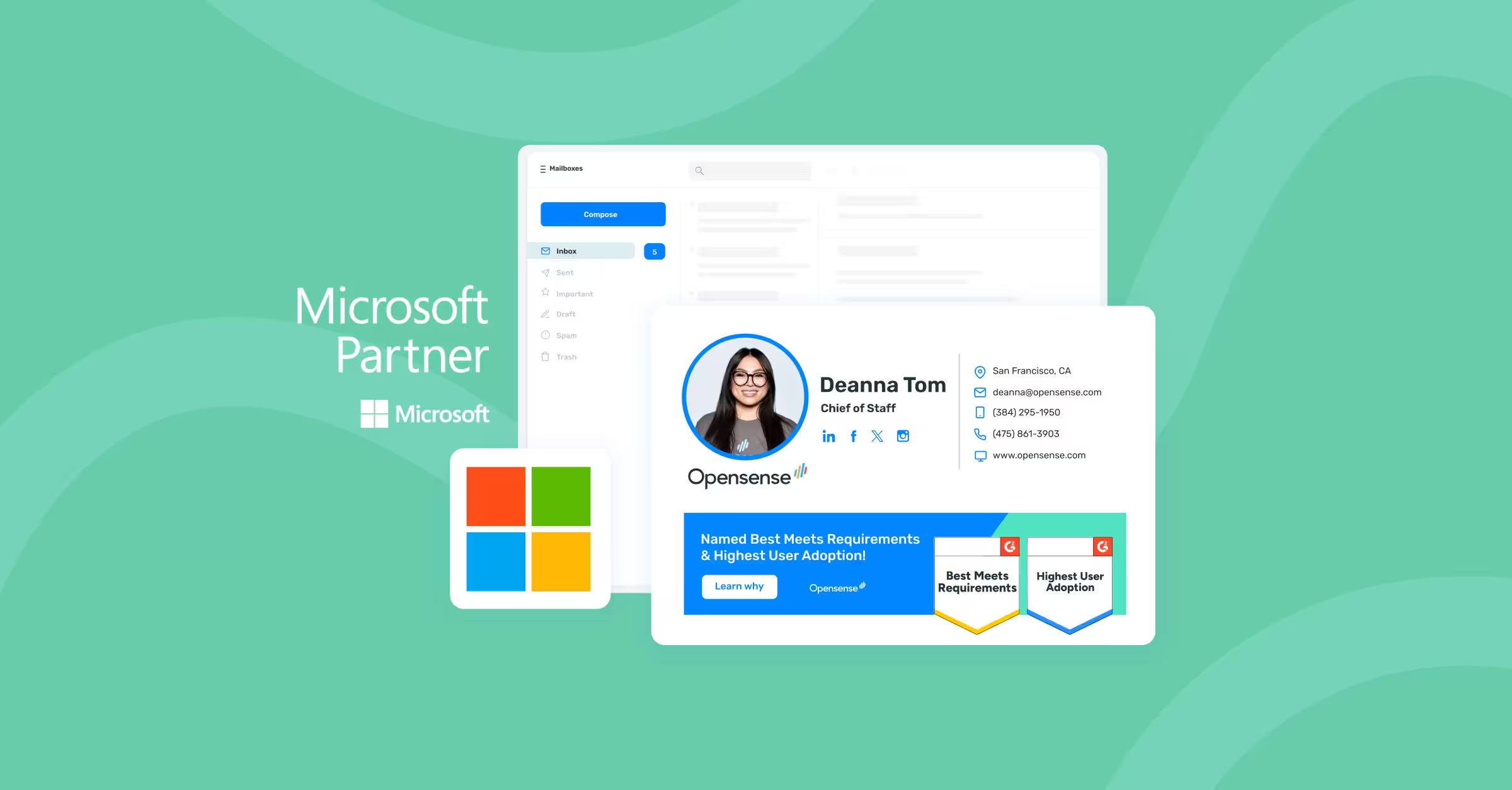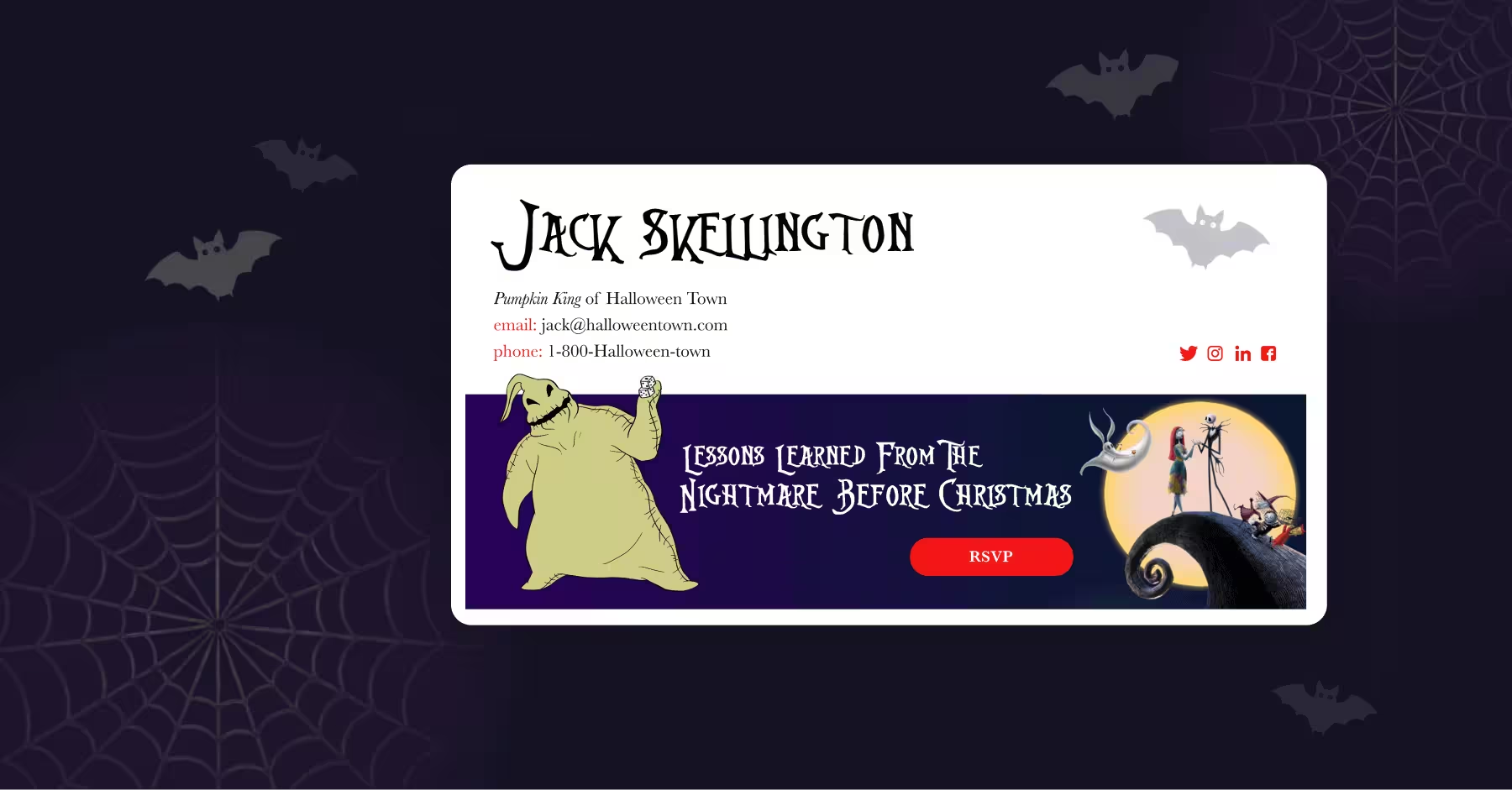
Cutting Costs, Not Quality: How to Optimize Your Tech Stack for Maximum Efficiency
In light of the current economic landscape, IT leaders are being forced to take a hard look at their technology stack and make strategic decisions about what tools and platforms are truly essential to the success of their business. This blog post will provide you a no-nonsense guide on evaluating (or re-evaluating) your technology stack, and identifying the best-of-breed SaaS enterprise solutions that will lead your business forward. Follow along below and you'll be well on your way to a streamlined and cost-effective tech stack that will drive your business forward.
Evaluate your current tech stack
So, how do you go about finding the right tools for your organization? First, start by evaluating your current technology stack. Make a list of the tools and solutions you're currently using, and consider whether they're meeting the needs of your team and your business. Use the guide below as a reference point.
1. Identify the goals and objectives of the company's technology strategy: This includes understanding the business needs and determining how technology can support and enhance them. Focus on the pain points you're currently experiencing. By clearly defining your needs, you can better assess whether your current tech stack is meeting those needs or if you need to look for alternative solutions.
2. Analyze your current tech stack: Once you have a good understanding of your business needs, it's time to take a deep dive into your current tech stack. This includes reviewing each individual tool or platform you're using, as well as how they work together as a whole.
3. Research potential alternatives: If you've identified any gaps or inefficiencies in your current tech stack, it's time to start researching potential alternatives. This can include looking at competitors' tech stacks, consulting with industry experts, or seeking out vendor demos and trials. The key here is to thoroughly evaluate the pros and cons of each potential solution before making a decision. Use the list below to help you narrow down your decision.
- Integration: Can the solution integrate seamlessly with your existing systems and processes?
- Usability: Is the solution user-friendly and easy for your team to adopt?
- Scalability: Does the solution have the capability to grow with your organization as your needs evolve?
- Support: Is the vendor reliable and responsive when it comes to support and maintenance?
- Cost: Does the solution offer a good value for the price?
4. Consider your budget: Of course, cost is always a factor when it comes to technology. As you evaluate potential alternatives, be sure to consider the total cost of ownership, including any upfront fees, recurring costs, and potential hidden costs.
5. Test and pilot: Before fully committing to a new tech solution, it's always a good idea to test and pilot the tool in a smaller, controlled environment. This can help you identify any potential issues or roadblocks before rolling it out company-wide.
6. Make the switch: Once you've thoroughly evaluated your options and are confident in your decision, it's time to make the switch to your new tech stack. This can involve onboarding new team members, training current staff, and potentially migrating
7. Communicate the new tool: Effective communication is key to the success of any new tool integration. Here are some email templates you can use to ensure your team is on board and ready to embrace the change.
In short, the current economy has IT leaders rethinking their tech stack. This guide is here to help you figure out what tech tools are essential to your business, evaluate your current stack, find better options, and make the switch. By following this guide, you'll be left with a lean and cost-effective tech stack that will drive your business forward.


.svg)



.svg)



